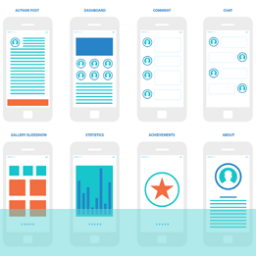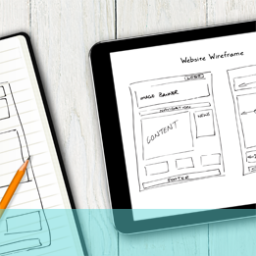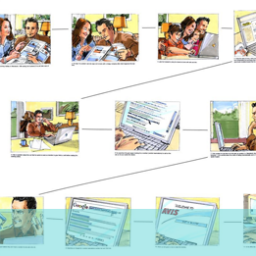
MVPs (minimum viable products) are the simplest version of a product and its features that can be offered to users and provide value and functionality. The idea of the MVP is to produce a usable product quickly, introduce it to the market and then gauge if there is a demand for it and if it meets user needs. If it does, it is improved, enhanced and developed; if it doesn’t it is probably abandoned.
If you are familiar with prototyping you might ask what the difference is between a prototype and an MVP. At the bottom end of the prototype spectrum it is pretty obvious what the difference is; early prototypes are more skeletal concepts, expressions of ideas in basic structures though more sophisticated prototypes will have some of the characteristics of an MVP in terms of look and functionality.
The main difference between a prototype and an MVP is that an MVP is meant to be taken to market, used with consumers and information gathered from this interaction as to how well it works, whether it is delivering the value and usefulness that adopters needs and how it can be developed and optimised for the marketplace.
An MVP must have sufficient features and functionality to be marketable in the marketplace. Anything less would be likely to discourage early adopters and risk the credibility of both the product and developer; and anything more is unnecessary elaboration and development that might not yield any benefit to the user. Part of the purpose of the MVP is to find out what comes next in terms of features – both in addition to the product and removal from it.
So how do you assess what features are necessary in an MVP?
- Decide what market segment you are attacking and then assess or research what features would be most important for them.
- Define the ‘must have’ features that make the product do what it does and eliminate anything that is peripheral to this.
- Look at the current market offerings and the sophistication of current products; this should provide some idea of the extent and type of features you need to incorporate into your MVP as it enters the market.
The benefits of using an MVP are;
- Speed to market – you can get a relatively untested and stripped-down product to market fairly quickly in most cases.
- You can test what you have included – and what you have left out – in a live user environment.
- You can modify and adapt online so the product improves in direct response to user feedback and interaction.
- It is cheaper and less risky than producing an all-singing-and-dancing version that turns out to be full of glitches – or worse entirely unfit for purpose.
- The whole process becomes organic and responsive which is better for developers and users alike.
- The process is flexible and creative but in a real environment rather than laboratory or in-house cocooned conditions; because less time and effort (and money) is expended on development there is less preciousness about features and more likelihood of genuine, customer-led evolution.
If you would like to explore the concept of the Minimum Viable Product further why not ring us on +44(0)800 0246247 or email us at hello@ux247.com for an exploratory chat.
















